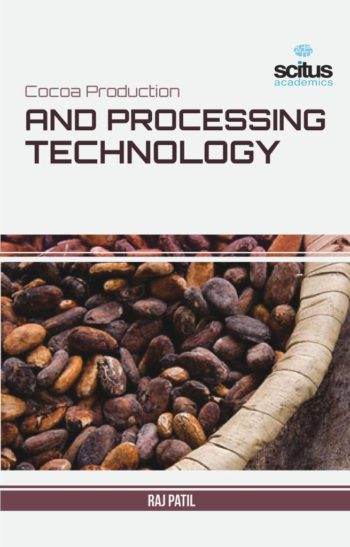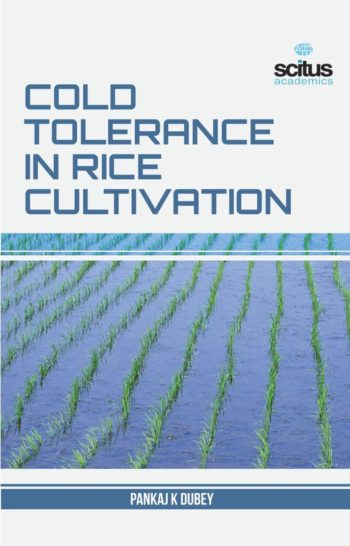Storm runoff is considered one of important water resources for urban areas. It can be applied in rural areas (e.g. to harvest precipitation water), but is essential in urban areas where run-off cannot infiltrate because the surfaces are impermeable. Traditional storm water management was mainly to drain high peak flows away. Unfortunately, this only dislocates high water loads. Modern approaches aim to rebuild the natural water cycle, i.e. to store runoff water for a certain time, to recharge ground water and to use the collected water for irrigation or household supply. Storm water runoff from urban catchments, including runoff from buildings, roads, and paved areas, is considered a major source of environmental pollution. Best management practices are widely applied to reduce their quantity and to improve the quality of storm water runoff entering receiving waters. A variety of centralized and decentralized facilities have been developed over the past two decades to treat urban storm water runoff and there is now a great deal of focus on the technical performance and economic viability of these systems. New technologies for storm water development in the sense of Integrated Urban Water Management (IUWM) have been developed since the 1970s and include detention and retention ponds, permeable surfaces, infiltration trenches, surface and surbsurface groundwater recharge, and other sources control measures.
This Book aims approaches and strategies to protect, maintain and enhance the public health, safety, and general welfare by establishing minimum requirements and procedures to reduce the adverse impacts associated with increased storm water runoff. It gives readers an overview of the environmental effects of urban storm water pollution and how both centralized and decentralized facilities systems are being implemented to effectively manage and treat polluted storm water runoff to protect the water environment. With the latest observations in climate change, the uncertainty in the design flood has imposed unprecedented challenges in flood mitigation designs. The flexibility in freeboards and easements need to be refined in order to accommodate the changes in extreme rainfall events. This book presents a summary of the Green approach in storm water management and LID designs as the engineering measures to preserve the watershed regime.













